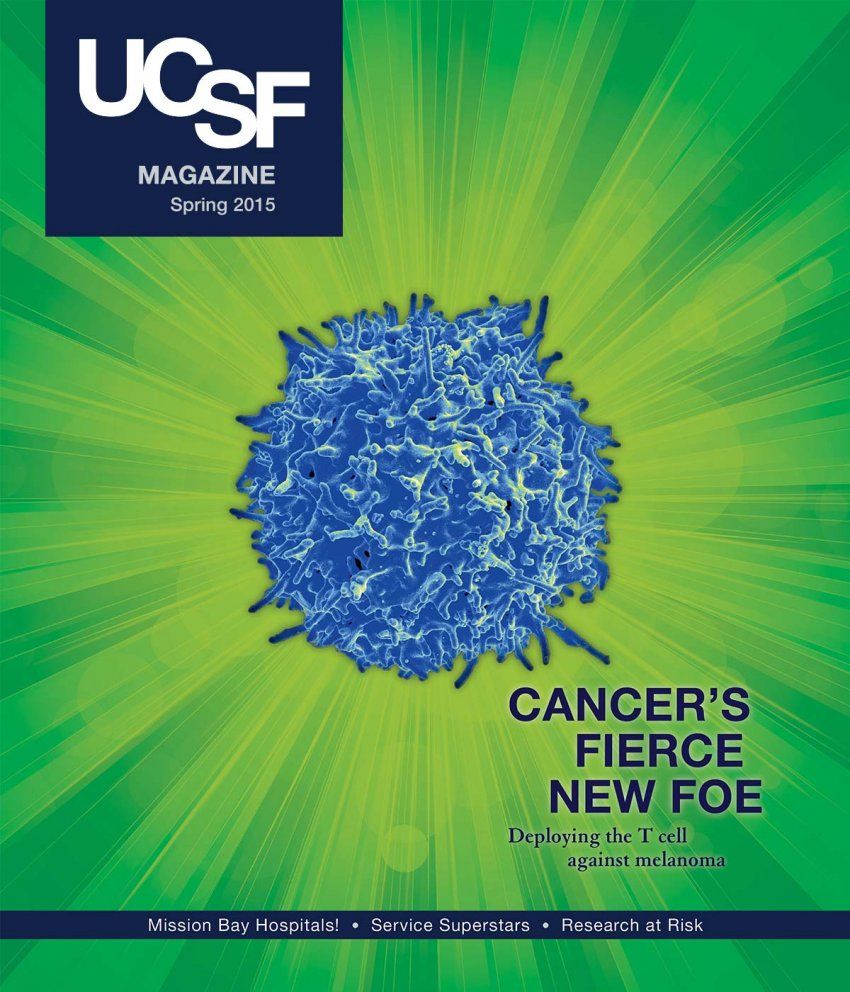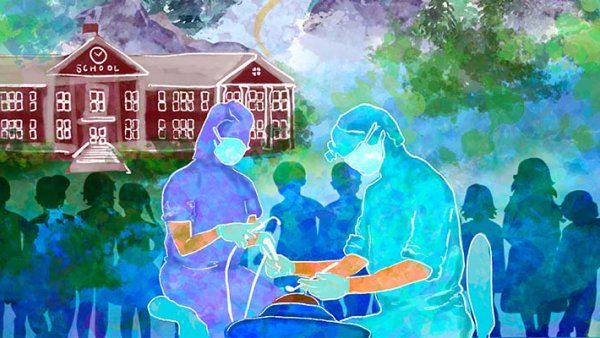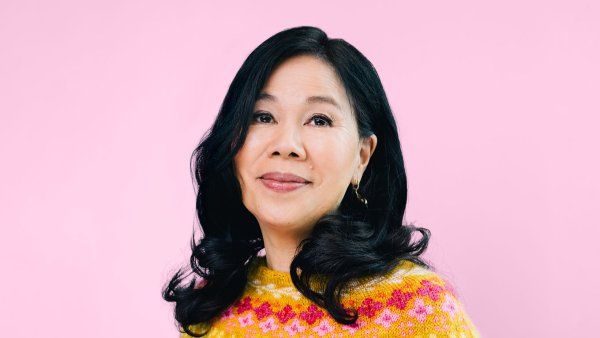
When young investigators start their first labs, their fresh ideas blow open new territories of science. While finding funding to support their work has always been challenging, young scientists now spend considerably more time applying for grants just to keep their new labs afloat – leaving much less time for research. Scrambling from bench to desk and back again, they vie exhaustively for a shrinking sliver of the funding available from their primary patron, the National Institutes of Health (NIH), a stalwart supporter of science that has endured turbulent budgetary swings of its own.
The pressure is inescapable, even at UCSF, where all four schools – dentistry, medicine, nursing, and pharmacy – have ranked first in their fields in NIH funding for two years running. That’s a feat that strikes chords of gratitude and pride at a public institution without a deep cushion of state support or the endowment of competing private universities. Even from UCSF’s unique vantage point atop the federal funding pyramid, a fissure is apparent – one wide enough for young investigators at the height of their creativity to fall through.
Is the competition so fierce that the next generation of academic scientists – and, by extension, science itself – may be at risk? That’s a question being asked by scientists and policymakers throughout the country. The National Academy of Sciences (NAS) is leading the way with a deep reassessment of how health science research is funded in the U.S.
Statistics tell the stark story of a national scientific funding milieu in flux. Fundamental to the numerical narrative is the NIH budget; it dropped by almost $5 billion in buying power due to inflation between 2003 and 2013, according to the journal Science. Against this grim financial backdrop, many institutes at the NIH now fund just over 10 percent of all grant applications, less than half the percentage funded in 2000. If you look only at young investigators, the odds are even more startling. In 2012, only 1.3 percent of total NIH grant dollars were awarded to principal investigators, meaning heads of labs, who were under 36 years old.
“The funding pool is so small that, at the end of the day, it’s not a big leap of faith to say that a lot of excellent science is not being funded,” says Dena Dubal, MD, PhD, a young physician-scientist specializing in dementia. She spends a significant part of her time applying to multiple funding sources to sustain her research.
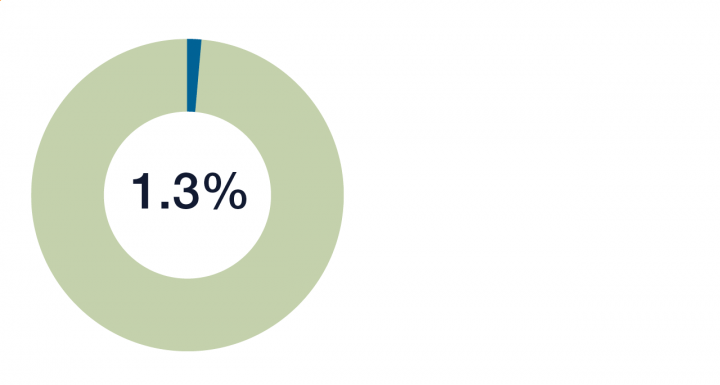
Today’s proportion of NIH grant funds awarded to labs headed by researchers under the age of 36: 1.3 percent
Young investigators like Dubal are in the discovery zone, according to a Rice University study analyzing the work of Nobel Prize winners between 1980 and 2010. The 96 scientists who won the prize in medicine or chemistry for work related to biomedicine conducted their groundbreaking research at an average age of 41. Yet that explosively productive intellectual zone now bumps up against the most daunting financial hurdles of young investigators’ careers.
“Consider how much less successful Silicon Valley would be if nearly 99 percent of all investments went to innovators who were 36 years old or older,” says Bruce Alberts, PhD, a former two-term president of the NAS. A UCSF faculty member since 1976, Alberts holds the Chancellor’s Leadership Chair in Biochemistry and Biophysics for Science and Education.
This is not to say innovation ends at 40. A recent study published by the U.S. National Bureau of Economic Research found that the younger the researcher, the more likely he or she is to publish innovative work. Yet pairings of young researchers with more seasoned investigators were the most innovative of all.
Coveted Coffers
The crux of the young investigator’s problem lies in the quest for the golden ring of funding – an NIH grant known as the RO1. Awarded after a series of training grants, the R01 is a major rite of passage that establishes young scientists as independent investigators, rather than associates being supported by the RO1s of their faculty mentors. They are far larger than training grants, enabling young scientists to set up their own labs, buy equipment, recruit graduate students, and hire postdoctoral scholars to perform experiments.
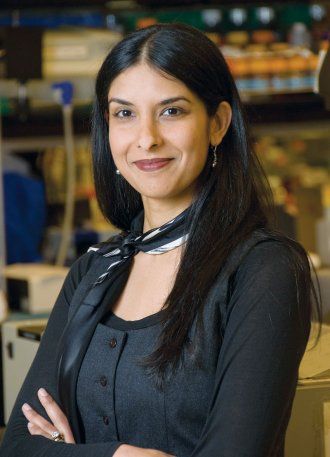
Careers (and scientific progress) stall until young scientists receive that first R01. But in the current funding climate, researchers painstakingly apply – and are often rejected – again and again over the course of years. The process is so grueling that the NAS has been tasked with reassessing it. Alberts has written extensively on the process, using the term “hypercompetitive” to describe it. In the NAS’s investigation, these facts have emerged: The average age of scientists when they are first granted an RO1 has crept up six years, to age to 42, since 1980. Also, today, more than twice as many RO1s are awarded to investigators over age 65 than to those under 36. In the mid-1990s, those figures were reversed.
Some experts believe the age reversal is happening in part because many senior scientists have mastered the preparation of the quite daunting 200-page RO1 application and have found a safe niche for funding. Others, including Alberts, believe that the NIH is using its dwindling dollars to fund mostly safe science, with a proven track record. Regardless of the cause,
Alberts believes the shift away from investing in younger rather than older scientists has “tremendous” opportunity costs. “The very best young people should be put in a position where they can test their own ideas and do so in a system that incentivizes them to take risks and try different approaches,” says Alberts.
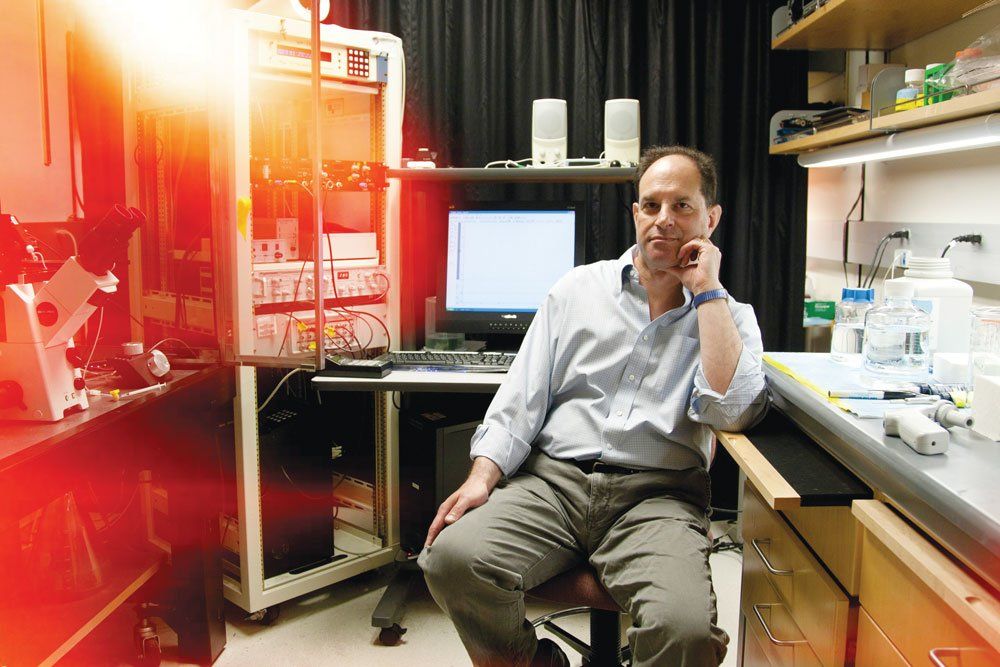
David Julius thinks back to times when doing science wasn’t so expensive. Photo: Cindy Chew
David Julius, PhD, the chair of physiology at UCSF, was 42 when he discovered the molecular mechanisms by which skin senses pain. The finding earned him the Shaw Prize, which is considered to be a shortlist for a Nobel Prize. Julius’ first R01 came at the age of 35. It’s tough to know whether he could have made the same headway under current economic conditions, he says. First, there are a lot more people in the field, and the competition for grants and faculty positions is far more intense. In addition, comparing the cost and process of conducting science today with the situation a decade ago is inherently fraught. “Now, scientists want to and are expected to do things that cost a lot more money, such as studies involving mice genetics and technologies like genetic sequencing and imaging,” says Julius. “Technology has upped the ante so much that you need more than one grant to run a lab now.”
Likewise, salaries for investigators and postdoctoral scholars take an enormous bite out of grant budgets, far more than they used to. “One of the big attractions of coming to the University of California used to be that the state would guarantee a big part of your salary,” says Julius. “But the state has cut back, and those positions are eroding.”
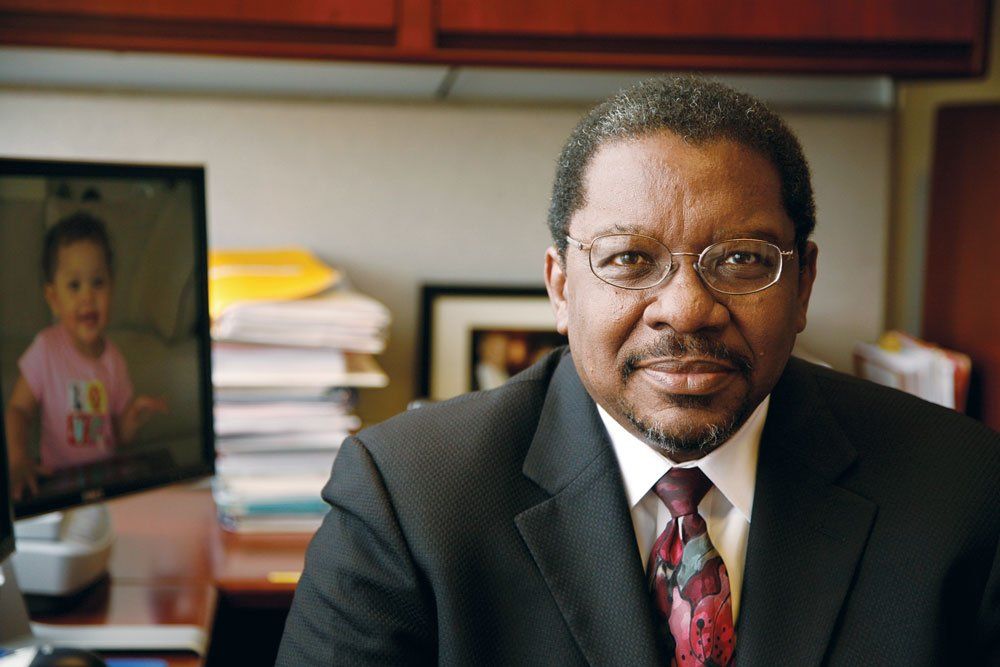
Talmadge King, Jr., MD. Photo: Susan Merrell
Take UCSF’s Department of Medicine. It has close to 775 faculty members, yet its chair, Talmadge King, Jr., MD, has only 45 positions that come with significant funding from the state. “In the ’80s, we would try to get investigators more secure funding after they had successfully obtained an RO1,” recalls King, who will become dean of the UCSF School of Medicine on July 1. “Back then, almost everyone in that category had some state-funded support.”
State funding has dropped precipitously since the year 2000, when UCSF received 13.7 percent of its budget from the state. In 2013, 4.6 percent of the budget came from Sacramento. It is the lowest percentage of any UC campus because state funding is used predominantly for salaries of undergraduate educators and UCSF is a graduate-level institution. Therefore, UCSF is left to its own devices to bridge salary gaps.
As is typical of most health science universities, UCSF guarantees newly appointed faculty their salaries for only three years. If they are clinician-scientists, their job description entails spending 75 percent of their time doing research. They spend the remaining 25 percent of their time doing fee-for-service work in the clinic, seeing patients. “After those three years, most faculty members are responsible for virtually every dollar of their salaries,” says King, by either bringing in grants or seeing patients.
When you start making research decisions out of fear instead of optimism, then the pendulum has swung too far in the wrong direction.”
“I was in my 30s when I got my first NIH grant,” says King. “Having to wait until age 40 or over for your first RO1 is stressful. Faculty are living under the threat of not being able to cover substantial student loans, housing, or child care, if they have families.”
And scientists aren’t out of the woods after securing their first RO1. They must renew or reapply for these funds, which are granted in five-year increments, continually for the rest of their careers. “At year four of an RO1, suddenly the coffers are getting dry and you look around you and think, ‘I can’t support my lab staff,’” says Julius. “So these days, many investigators start cranking out grant after grant, throwing them against the wall, while hoping that something sticks.”
Julius is keenly focused on retaining his postdocs and their core working knowledge of his lab. Yet once, during the governmental sequester of 2013, Julius, like his peers all over the country, thought a substantial part of his funding might not be renewed. “I could see the fear in the faces of the people in my lab,” he recalls. “They thought, ‘Hey, if this is happening to him, what’s going to happen to me?’”
Anxious about funding shortfalls, some clinician scientists leave for lucrative private practices, and some PhD scientists secure industry jobs with more reliable salaries. Or either may be lured away by other universities able to provide more financial security. Deep-pocketed schools with substantial endowments can offer scientists “packages” that insulate them from the funding treadmill.
Gifted
Young neuroscientist and physician Dena Dubal was being courted by such a university when a private donor stepped up to keep her at UCSF. “Philanthropy has played a defining role in the discoveries made in the last three years by my very new and young lab,” says Dubal. That donor’s gift, in the form of the David A. Coulter Endowed Chair in Aging and Neurodegenerative Disease, fueled her lab’s discovery of klotho, a longevity hormone that boosts brain function. People with higher klotho have improved skills in thinking, memory, and learning. The hormone holds great promise for the treatment of dementia. The finding, published in prestigious journals, puts Dubal in a powerful place when applying for her next grant. “I would not have the resources to lead my lab at UCSF without David and Susan Coulter’s support, period,” she says.

Endowment Totals: UCSF’s focus on philanthropy began in the late ’80s and has since intensified to compensate for lost state support – now 4.6 percent, the lowest in the UC system – and the increasingly fierce competition for NIH funds.
Department chairs like Julius and King use philanthropic funds, such as those that underpin endowed chairs, as economic bridges for talented investigators who hit a dry patch in funding. The support helps the school’s leaders retain accomplished faculty and enables faculty to maintain their scientific momentum across funding cycles. But endowed funds such as these are usually restricted to purposes defined by their benefactors. Without a large general endowment, UCSF has considerably fewer resources than peer institutions to recruit or launch the careers of junior faculty. To meet the need, the university is focusing its attention on ways to attract, support, and sustain promising young investigators.
Toward a National Priority
While philanthropy plays a crucial role, private support alone can’t free scientists to focus more on the task at hand: science. Leaders in the field see a need for systemic change at the national level. Alberts advocates programs that favor innovation and risk-taking over momentum. “I would explicitly incentivize funding the best young scientists by expanding the NIH’s New Innovator Program,” he says. “It’s a very small program, about 30 to 50 grants a year, that doesn’t require preliminary data. We should expand it tenfold.”
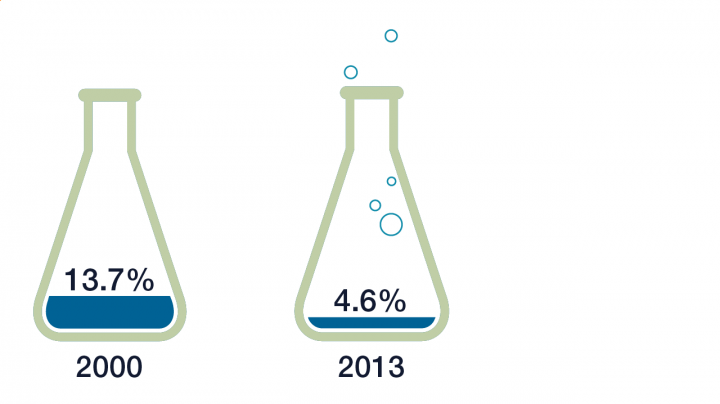
State funding to UCSF declined steeply between 2000 and 2013.
Julius sees universities as the potential stabilizing force in the field. “Universities need substantial funds to shore up support for faculty salary and benefits,” he says. “We need to provide security to investigators and make it easier to recruit junior investigators, because they will see hard money in their futures.”
Janet Napolitano, president of the University of California, would agree. She is pressing California Gov. Jerry Brown to increase funding to the UC system, particularly in light of a $1-billion increase in the 2015-16 state budget.
King and Dubal also look inside the Beltway for answers. “I think if we, as a country, figure out how to control student debt, it would alleviate a lot of pressure for young investigators still paying off student loans,” argues King. Dubal wonders when the federal funds given to the NIH will increase to match the value of discovery in the health sciences to our nation and to the world. “The upcoming epidemic of Alzheimer’s disease and the lack of solutions are some of our most pressing biomedical problems,” she explains.
In writing grant applications for the NIH, other government funding agencies, and private philanthropies, scientists have learned to better distill and “sell” the importance of their work. Perhaps this newly acquired skill will empower scientists to step out of their comfort zone of labs and lecture halls and advocate at a national level for the importance of science itself.
There’s plenty at stake, to be sure. Think about it: Dubal spearheaded the klotho discovery with the gift of time afforded by private support. As a young investigator in a nation facing a tidal wave of dementia, Dubal’s research has already had a profound impact. A worthy investment indeed.
